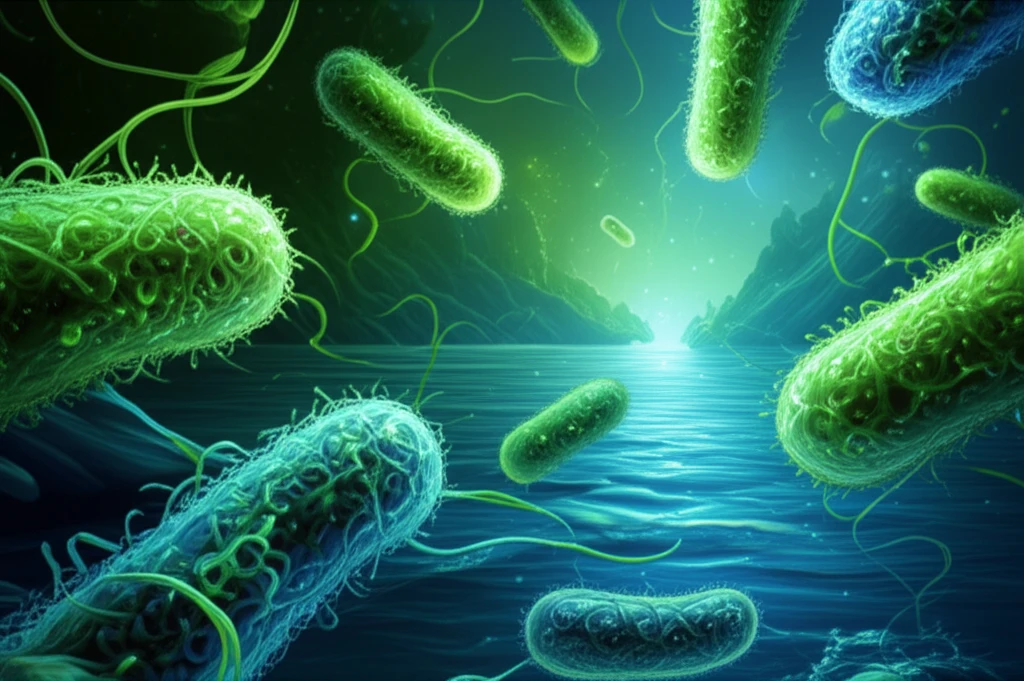
Unlocking Nature's Potential: How Microbial Solutions Are Revolutionizing Environmental Cleanup
"From arsenic-eating bacteria to enzyme engineering, discover how cutting-edge research is harnessing the power of microorganisms to tackle pollution and create a cleaner, healthier planet."
The environment faces unprecedented challenges from pollution and industrial waste, impacting ecosystems and human health. Traditional cleanup methods often fall short, proving costly, inefficient, or environmentally damaging. However, nature offers a powerful and often overlooked solution: microorganisms.
Scientists are increasingly turning to microbial processes to address pollution, harnessing the ability of bacteria, fungi, and other microorganisms to break down or remove harmful substances. This approach, known as bioremediation, holds immense potential for cleaning up contaminated sites and promoting environmental sustainability. Recent research highlights exciting advancements in this field, showcasing the diverse ways microorganisms can be used to tackle some of the most pressing environmental issues.
This article explores some of these groundbreaking studies, examining how microbial solutions are being developed to combat arsenic contamination, degrade pollutants, and improve overall environmental quality. From the bioleaching of toxic metals to the enzymatic breakdown of synthetic compounds, we'll delve into the science behind these innovative approaches and their potential to revolutionize environmental cleanup.
Bioleaching: Turning Arsenic-Bearing Waste into an Opportunity

Arsenic contamination poses a significant threat to human health and the environment. Arsenic, a toxic metalloid, can leach into soil and water from industrial activities, mining operations, and natural sources. Traditional methods for removing arsenic from contaminated sites are often expensive and can generate additional waste.
- The Study: Researchers explored the use of a mixed culture of thermophilic and thermotolerant acidophilic microorganisms to bioleach arsenic-bearing sulfide copper-zinc concentrate.
- The Microbes: The culture included species like Acidithiobacillus caldus, Leptospirillum ferriphilum, and Ferroplasma acidiphilum, known for their ability to oxidize sulfide minerals.
- The Results: Bioleaching allowed for the extraction of non-ferrous metals and the removal of approximately 58% of arsenic from the concentrate, reducing its content to just 0.56%.
The Future of Microbial Solutions for a Cleaner Planet
The research discussed in this article represents just a small fraction of the ongoing efforts to harness the power of microorganisms for environmental cleanup. As we continue to face increasing environmental challenges, these innovative approaches offer hope for a more sustainable future. By further exploring the capabilities of the microbial world, we can develop even more effective and environmentally friendly solutions for tackling pollution and creating a cleaner, healthier planet for all.
